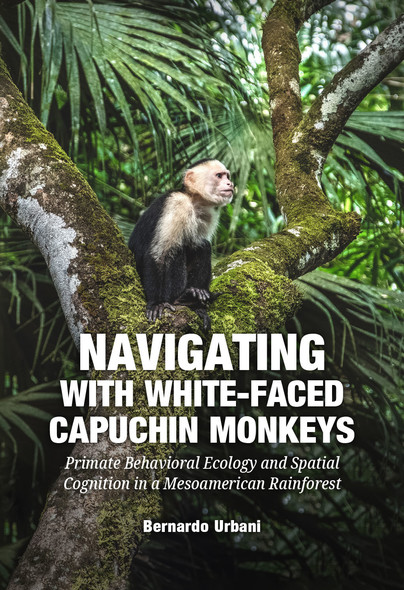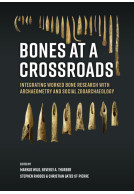Navigating with White-Faced Capuchin Monkeys (Hardback)
Primate Behavioral Ecology and Spatial Cognition in a Mesoamerican
Imprint: Sidestone Press
Pages: 210
Illustrations: 2fc / 27bw
ISBN: 9789464280586
Published: 8th September 2023
Script Academic & Professional
Pages: 210
Illustrations: 2fc / 27bw
ISBN: 9789464280586
Published: 8th September 2023
Script Academic & Professional
You'll be £95.00 closer to your next £10.00 credit when you purchase Navigating with White-Faced Capuchin Monkeys. What's this?
+£4.99 UK Delivery or free UK delivery if order is over £40
(click here for international delivery rates)
Order within the next 2 hours, 8 minutes to get your order processed the next working day!
Need a currency converter? Check XE.com for live rates
(click here for international delivery rates)
Order within the next 2 hours, 8 minutes to get your order processed the next working day!
Need a currency converter? Check XE.com for live rates
This monograph examines a set of questions concerning human and nonhuman primate cognition, spatial memory, foraging behavior, and the ability of monkeys to form mental maps of the location and distribution of feeding and resting sites.Two primary forms of spatial memory have been hypothesized for primates. First, it has been suggested that primates might represent spatial memory in the form of a coordinate-based (geometric) map in which points in the landscape are stored as true coordinates and individuals calculate precise angles and distances between targets. Alternatively, it has been suggested that primates may internally represent spatial information as a route-based (topological) map in which individuals use and reuse a set of common pathways and a select number of landmarks to reach a large number of targets.This research examines questions of behavior and cognition in wild white-faced capuchins (Cebus imitator) in northeastern Costa Rica. First, a natural field study or behavioral-ecological study was carried out in which the diet, foraging behavior, activity budget, natural decision-making, and movement patterns of wild capuchins were documented. Secondly, an experimental field study was performed by placing feeding platforms in the forest to determine how capuchins integrate the spatial location of these new feeding sites into an internal representation and the degree to which travel routes are most consistent with a coordinate-based or a route-based spatial representation.A major goal of this research is to develop an understanding of the challenges primates naturally face in locating resources that vary in time and space, and to identify the set of features that may have played a fundamental role in shaping the evolution of decision-making and spatial abilities in humans. In conclusion, the results suggest that capuchins use a route-based spatial representation in large-scale space and provide some evidence of a coordinate-based spatial representation in small-scale space.
Other titles in Sidestone Press...















